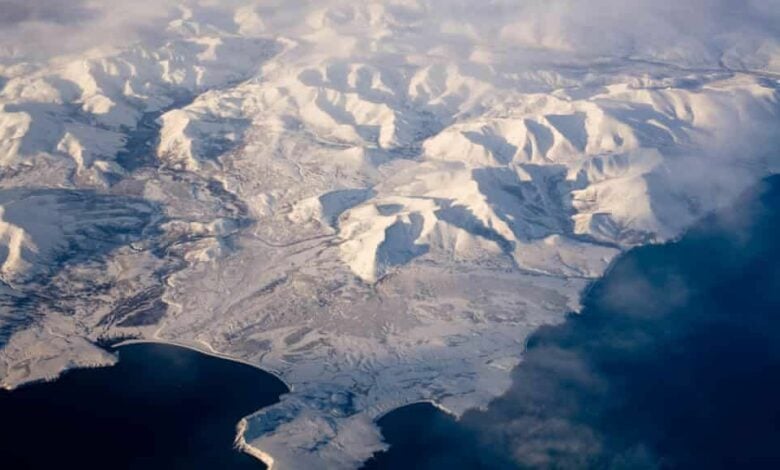Arctic Temperatures Surge Above Average
The Arctic region experienced an unprecedented temperature increase in February 2025. On February 2, temperatures soared more than 20 degrees Celsius above the average, marking climate event. This extreme warming raises concerns about global climate patterns and the future of polar ice.
Context of Arctic Warming
- The Arctic has warmed at a rate four times faster than the global average since 1979.
- This rapid warming is alarming because the Arctic plays important role in regulating the Earth’s climate.
- It acts as a refrigerator, cooling the planet.
- If temperatures continue to rise, it could lead to severe consequences such as rising sea levels and altered weather patterns worldwide.
Causes of Extreme Temperature Rise
The recent spike in temperatures was driven by a deep low-pressure system over Iceland. This system allowed warmer air from lower latitudes to penetrate the Arctic. Additionally, very high sea surface temperatures in the north-east Atlantic intensified this warming.
Comparison with Global Temperature Trends
Globally, temperatures have increased by approximately 1.3 degrees Celsius since the late 19th century. However, the Arctic has seen a rise of 3.8 times that amount since the late 1970s. This disparity marks the unique climatic challenges faced by the Arctic region.
The Albedo Effect
One factor contributing to the Arctic’s rapid warming is the albedo effect. Sea ice reflects sunlight, keeping temperatures lower. As the ice melts, darker ocean water is exposed, absorbing more heat. This feedback loop accelerates warming and further reduces ice cover.
Lack of Convection in the Arctic
The Arctic also suffers from limited convection. In warmer regions, heated air rises, distributing warmth throughout the atmosphere. However, in the Arctic, weak convection means that heat remains concentrated near the surface. This results in a warmer near-surface layer, exacerbating the effects of climate change.
Implications for Global Climate
The consequences of Arctic warming are far-reaching. Melting ice contributes to rising sea levels, which can threaten coastal communities. Disruption of weather patterns can lead to extreme weather events globally. The interconnectedness of the climate system means that changes in the Arctic can have a domino effect on worldwide weather and climate.
Month: Current Affairs - February, 2025
Category: Environment Current Affairs







